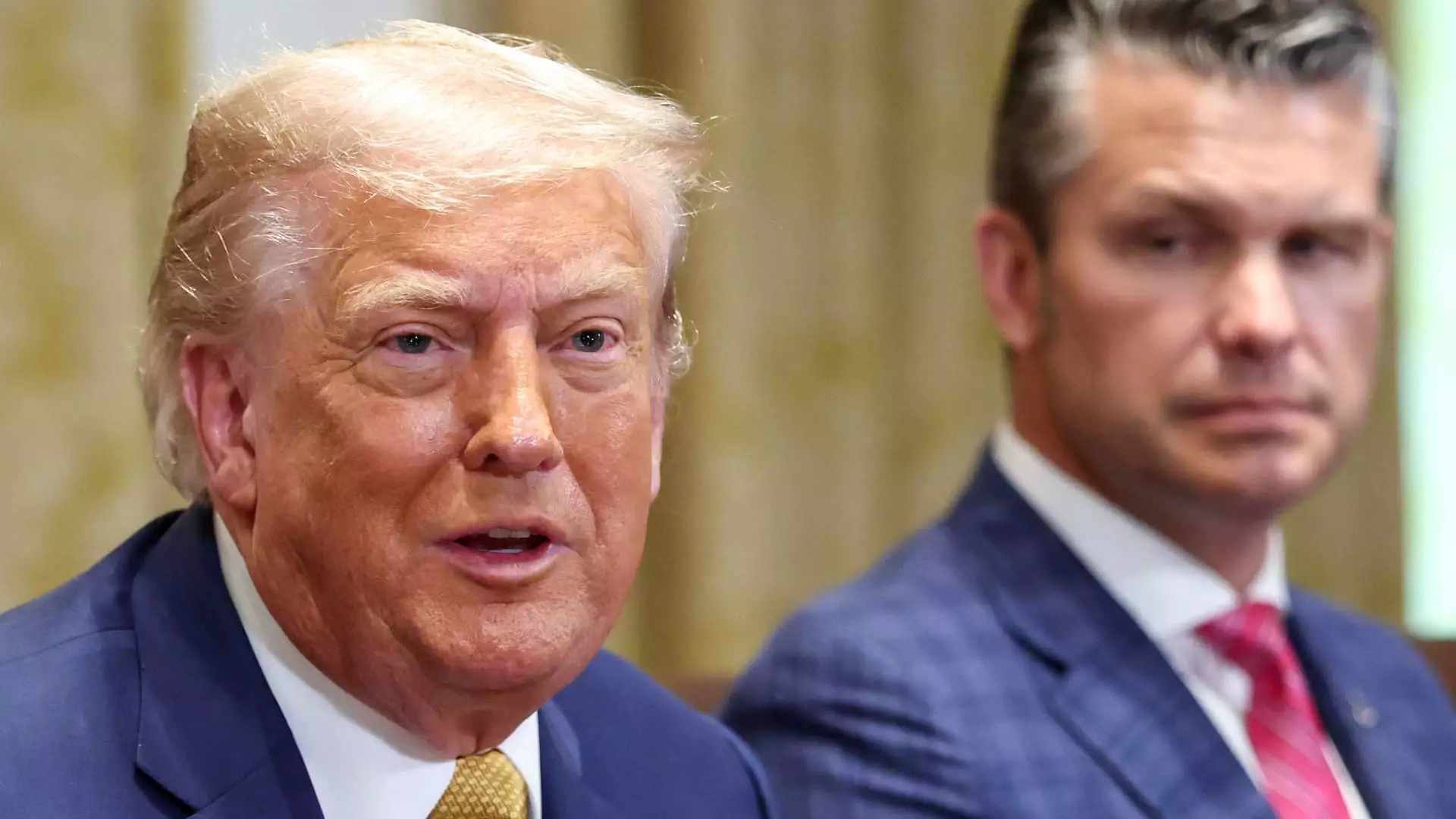President Donald Trump’s recent announcement to impose up to 200% tariffs on imported pharmaceuticals sends shockwaves through an industry already under considerable strain. While the threat seems aggressive and almost reckless, it also highlights a troubling inconsistency in policy approach. Historically, Trump’s trade threats have oscillated wildly—initially aggressive, then backpedaled, leaving industry stakeholders in a perpetual state of uncertainty. This pattern of rhetoric without concrete action fosters instability, deterring long-term investments and innovation. The notion of implementing such high tariffs under the guise of protecting American interests appears superficial without a coherent strategy, raising critical questions about the true economic and geopolitical motives behind these threats.
The Illusory Promise of National Security
The invocation of national security as a rationale for tariffs is a common tactic, yet it rings hollow when applied to pharmaceuticals. The Section 232 investigation authorizes such measures, but the logic that drug imports threaten national security is questionable at best. If anything, disrupting the global supply chain might weaken America’s resilience rather than bolster it. Strategically, cutting off a significant source of affordable medication could lead to shortages and higher costs for consumers. The industry warns that tariffs could cripple their ability to keep prices down and invest in cutting-edge R&D. From a center-right, pragmatic perspective, promoting free trade—albeit with balanced safeguards—ultimately enhances a competitive environment that benefits consumers and fosters innovation without resorting to divisive, protectionist tariffs.
The Market and Industry Implications
Financial markets’ muted response—largely unchanged pharmaceutical stocks—exposes the disconnect between political rhetoric and economic reality. Investors recognize that such tariffs, particularly at high rates like 200%, could blow a hole in the industry’s profitability and supply chains. Many pharmaceutical giants, such as Johnson & Johnson and Eli Lilly, have begun relocating manufacturing to the U.S., partly as a hedge against global uncertainties. Implementing tariffs now could force them to re-evaluate these strategies or face the unintended consequence of stifling their growth. Furthermore, these threats serve as a reminder that protectionist policies tend to do more harm than good, as they risk alienating international partners, escalating trade tensions, and ultimately driving up costs for American consumers.
The Political Calculus and Future Outlook
Trump’s year-long grace period before tariffs take effect appears more a strategic tactic to gauge reactions rather than a genuine commitment to protect American interests. It provides industries with a false sense of security, while the realities of such policies staying in place are bleak. For policymakers with a center-right liberal outlook, the focus should shift from isolating tactics to fostering a robust, competitive industry environment. Open markets, fair trade, and strategic alliances—not tariffs—are the true engines of innovation and affordability. The pharmaceutical sector’s future depends on stability and investment, not reckless threats that risk turning vital medicine into a bargaining chip, jeopardizing the health and well-being of millions.

